
Gobekli Tepe and The City of Prophets
Sanliurfa, previously known as Urfa (and before that Edessa) boasts not only one of the most ancient cities ever uncovered by archeologists, it’s also a location where a number of prophets in ancient history hailed from, in particular Abraham and Job in the Bible (who are considered as prophets regionally).
Although out of the way, this destination beckoned me due its special combination of features and because it was a doable detour on my return from Georgia in the Caucuses. The rest of this post features notes and photographs of my visit to Sanliurfa and its surrounds in the beginning of October 2023.
Gobekli Tepe in 2023
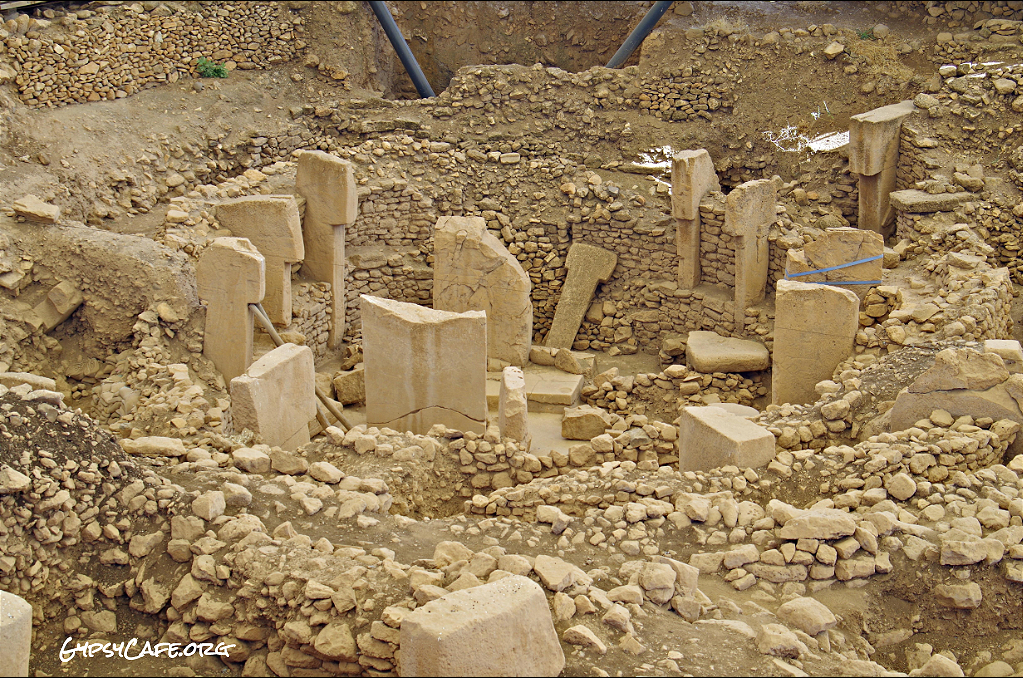
My main reason for visiting this area, considering my personal interests, should be relatively obvious. Ancient sites have a major appeal to me and I would rather visit such destinations than purely touristic ones. I wasn’t sure if I would ever get around to visiting this site, but it was always in the back of my mind. Somehow when that’s the case long enough I usually end up at said destination (it was the same for Easter Island and the Mayan sites such as Tikal in Guatemala, I eventually got there).
As far as being steeped in mystery Gobekli Tepe ticks very many boxes. Since it’s dated as between 8,000 and 12,000 years old, much of what’s thought to be known about it is based on speculation. However, from an archeological standpoint the site’s very interesting for a variety of reasons.
Gobekli Tepe is considered one of the most important megalithic sites ever discovered. What makes it remarkable is that it serves as evidence that humans already had the capacity 12,000 years ago to build complex structures used for social and religious events. It is believed that rituals and feasts were conducted there. Before it’s discovery hunter-gatherers were not thought of as being able to form complex societies. Apparently after it was built the site served as a cultural center for thousands of years for various groups.
Many of the stone structures have animal figures carved out on them, possibly denoting animal archetypes. The carvings are incredibly well preserved, making it almost hard to believe that the site is as old as it is. It’s believed that Gobekli Tepe was buried purposefully under the sand by the people in the region at some point, and by it being under the sand helped preserve the stone structures and the ancient artworks on them. Much of the site still remains buried, so parts of it might even be older than the sections that have been uncovered so far, so it could possibly even date back to 15 centuries ago.
Gobekli Tepe is reachable by public bus from one of the two central bus stations in Sanliurfa (the furthest one from the old town) – it takes about 30 minutes to get there. Only the main section of the site was open on the day that I visited, so I did not get to see all of the excavated parts, unfortunately. Due to the massive earthquake that shook Turkey earlier this year on February 6, many museums and heritage sites in the city were still closed or partially closed, so at least the main part of Gobekli Tepe was left open for visitors.
It didn’t take very long to explore the site. I circled the main area twice in about 45 minutes and got pictures from various angles. Overall it definitely felt smaller than I expected it to be, but it was impressive nonetheless. Regrettably some of the most interesting stone carvings were not there as they were removed and placed in the Sanliurfa Archeology Museum at some point, which was closed for renovations.
The most interesting part though (as already mentioned) was marveling at how well-preserved the carvings were – as can be seen on some of the attached (and zoomed) pictures below. Due to other parts of the site being closed I’m not sure exactly which stone carvings I didn’t see, but I purchased a photo book at the visitor’s center to provide some idea.
For an extra cost (almost double the price) one can visit a 3D visual display of a film enactment next to the visitors center of how an ancient feast at Gobekli Tepe may have looked like. Personally, I felt that it was an overly modern interpretation and that the depiction was probably relatively far off the mark as it would be impossible to know how people 12,000 years ago would have practiced their rituals or festivals. It provided some food for thought, though, in terms of these reflections.
All in all I’m very glad that I visited this very famous ancient site even though the highly rated archeological museum was closed. As I often do after visiting ancient places I tend to catch up on more details through subsequent reading up, which I’ve been doing since then. Having actually been to Gobekli Tepe is of course ultimately what counts most and I’m thankful for having had the opportunity to visit.
Sanliurfa – Balikli Gol
Legend has it (locally) that the prophet Abraham was thrown into the fire by the king Nimrod because Abraham destroyed Nimrod’s idols. In the place where Abraham fell into the fire, a lake of holy water instantly formed with holy carp in it. Balikli Gol is a very popular destination for locals and regional tourists alike. There are various buildings and structures in the Balikli Gol complex that relate to the above epic in the Abrahamic religions while structures related to other prophets and historical events are also among them.
Sanliurfa – Abraham’s Cave
According to legend the prophet Abraham (known as the Father of Nations in Christianity) was born in a cave which is situated in this complex in the Balikli Gol part of Sanliurfa. Abraham’s cave is popular destination for pilgrims in the region as well as from further abroad. Free entry and open 24 hrs.
Sanliurfa – Kizilkoyun Necropolis
Dating back 2000 years to the Edessa Kingdom (305 – 281 BC) the Kizilkoyun Necropolis Archaeological Site consists of Roman and rock tombs, reliefs and mosaics. There is also Greek and Christian symbolism present in some of the caves. It’s situated about 15 minutes walk from Abraham’s Cave and is easily accessible next to a busy road and a park. Entry is free.
Sanliurfa – The Cave of Job
During the prophet Job’s time of tribulation and suffering it is believed that he spent part of his time inside a cave. This pilgrimage site can be found in the suburbs of Sanluirfa at distance from Balikli Gol. It took me about 30 mins to walk there from the center (after I managed to locate it on a map after a long search since there’s very little information about it online).
Job’s Well: During his time of suffering Job had various illnesses and according to local legend God provided Job with a well with holy water that cured him (depicted in the pictures on the right which is near the cave on the left).
The advantage of visiting destinations that are so rich in a historical events, legend and myth is not only the potential enrichment of one’s knowledge, but the opening up of wider windows into subject areas that may have remained less explored. I have always considered traveling to be a privilege, notwithstanding how easy it has become due to mass tourism (which I avoid) and this destination has reinforced that sentiment. I hope to return to this region again one day to explore more sites that I did not have the time to get around to this time.
Yours in Travel,
Jean-Jacques
16 November, 2023

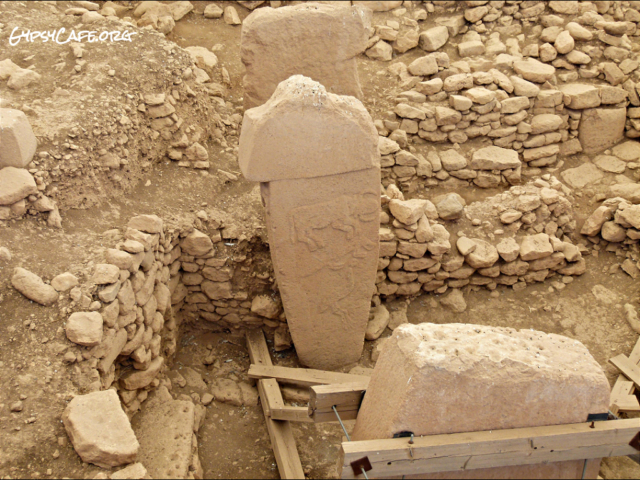
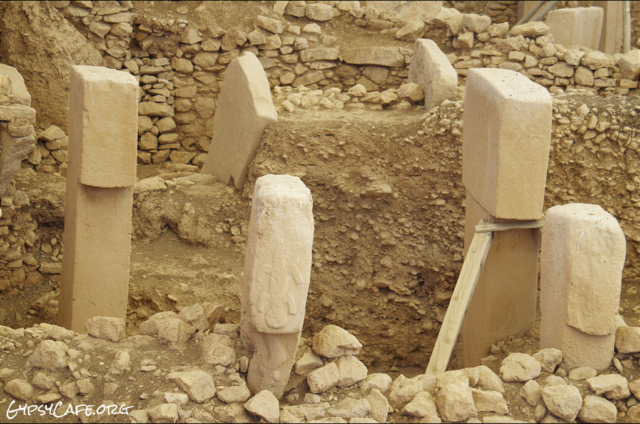

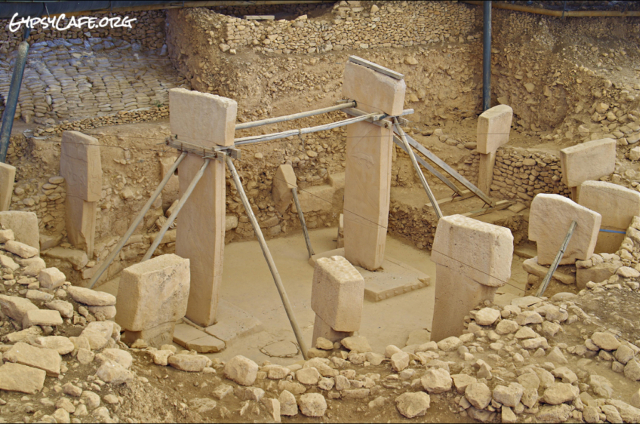
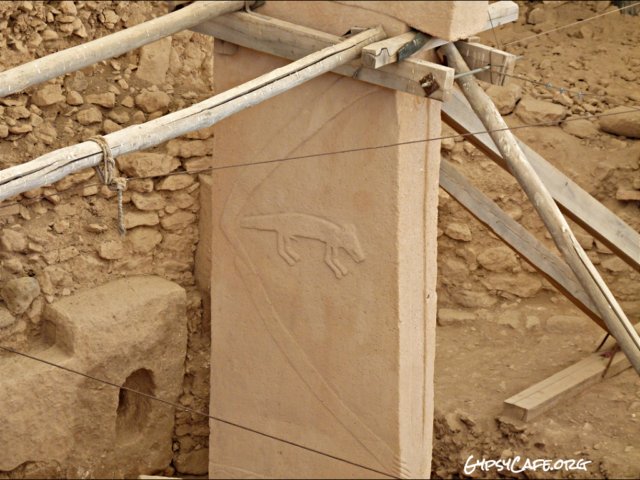
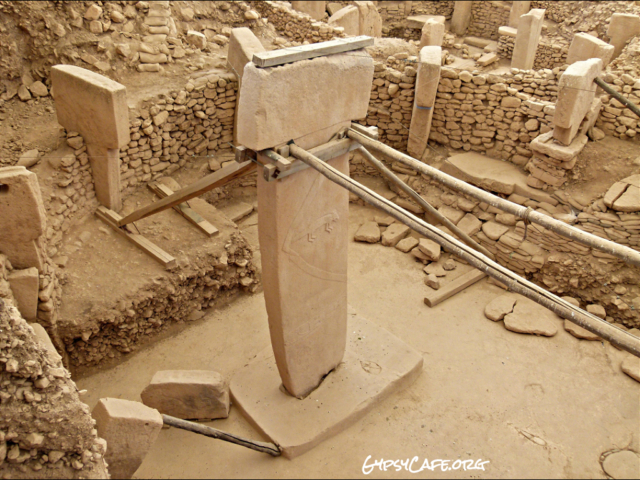

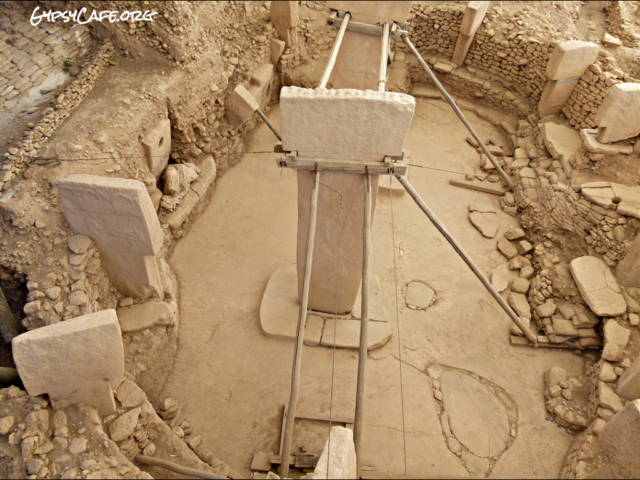
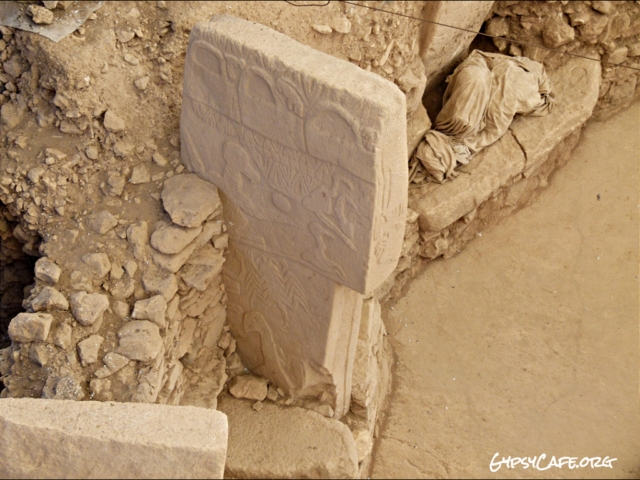

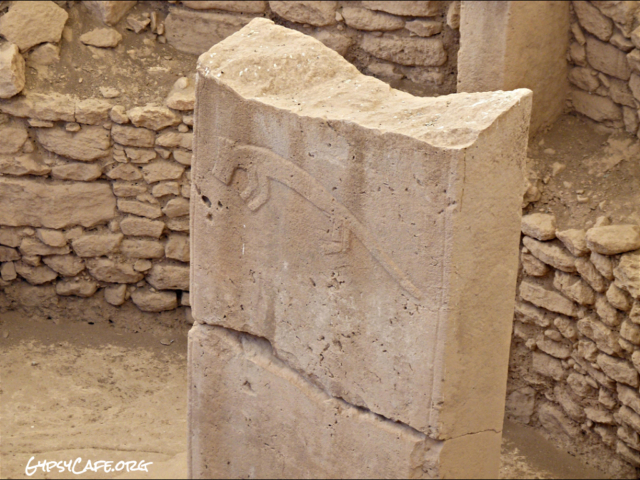
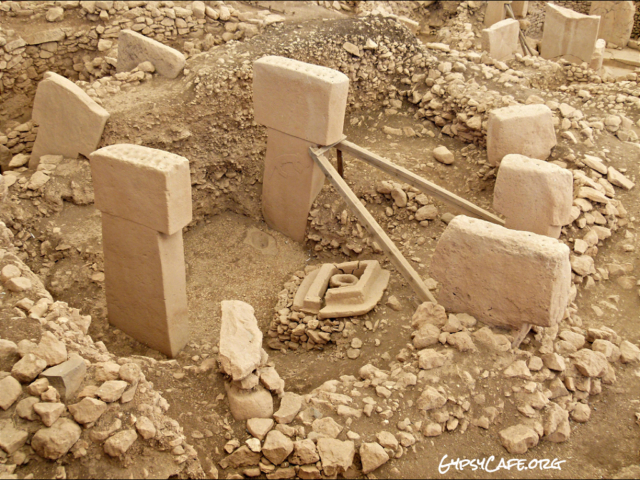
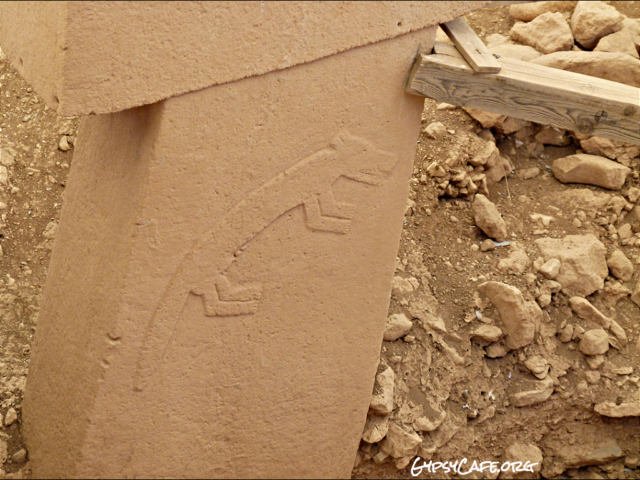


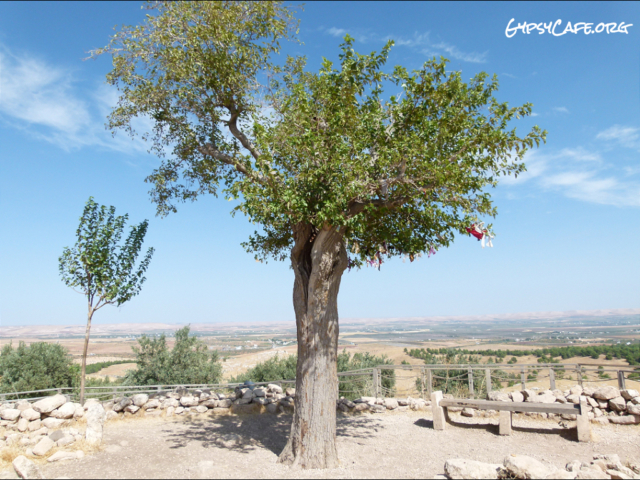
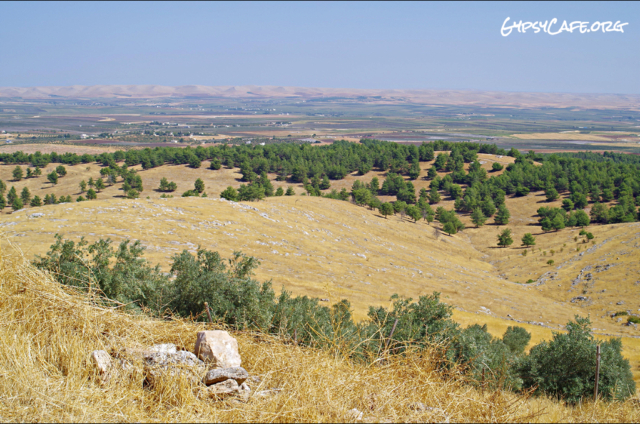

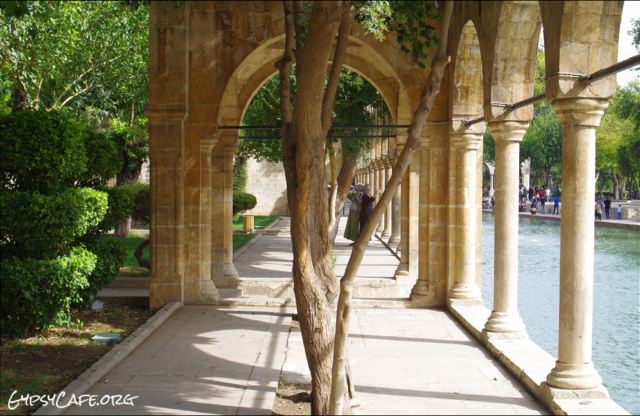

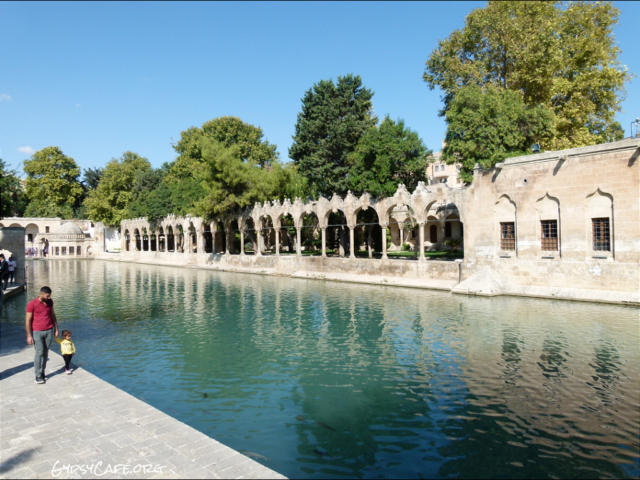
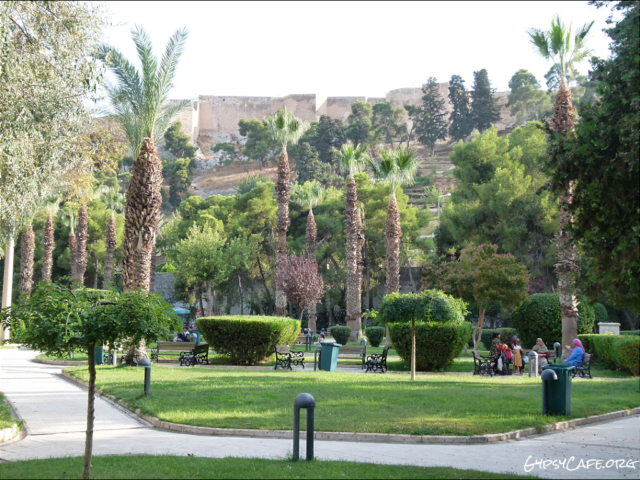

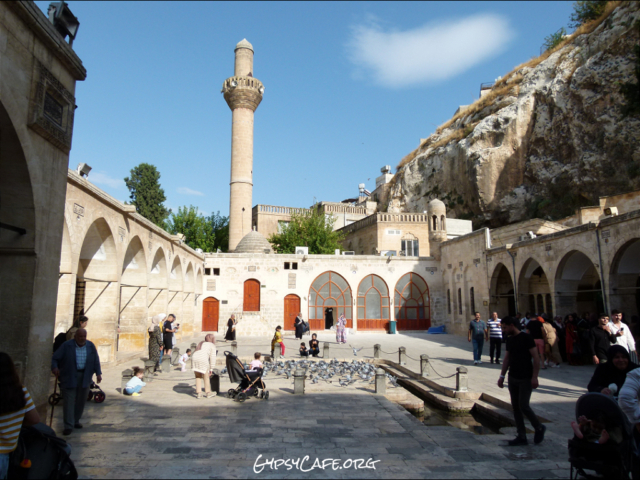
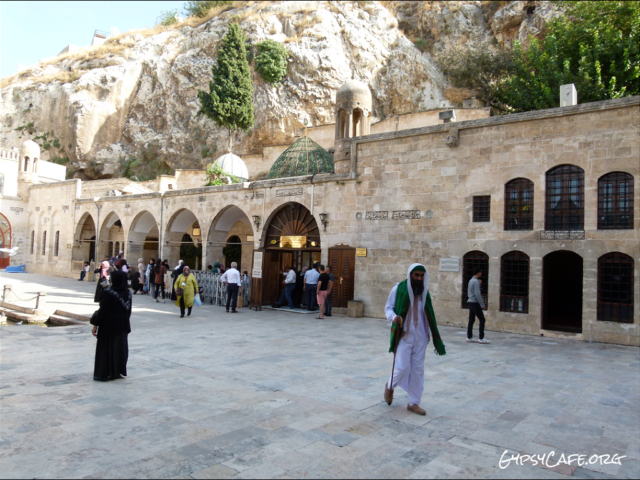
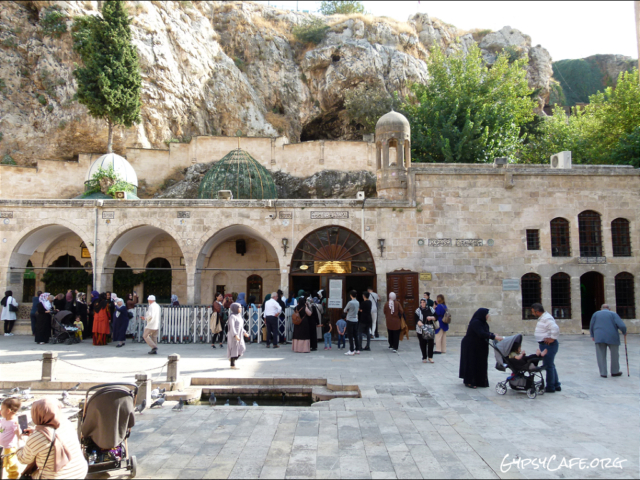
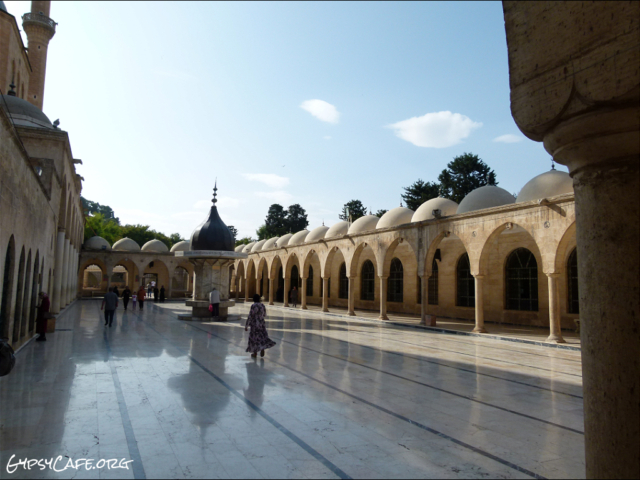
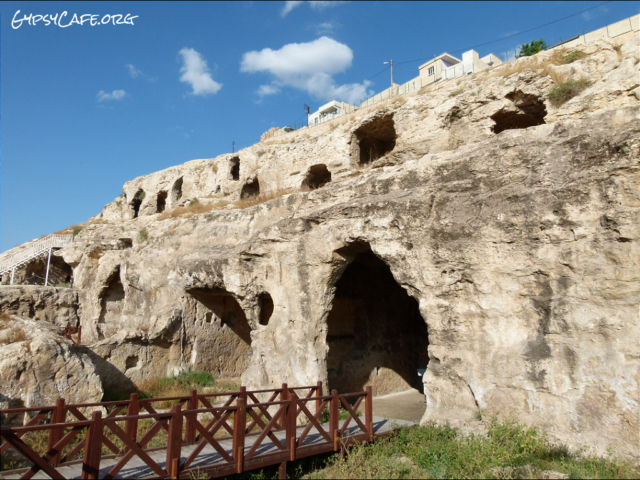

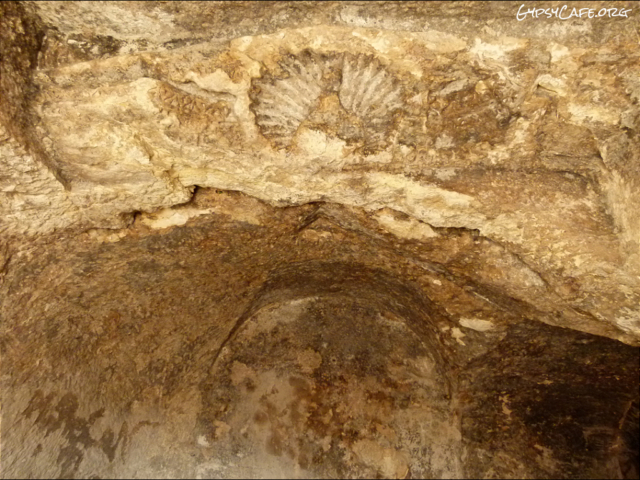

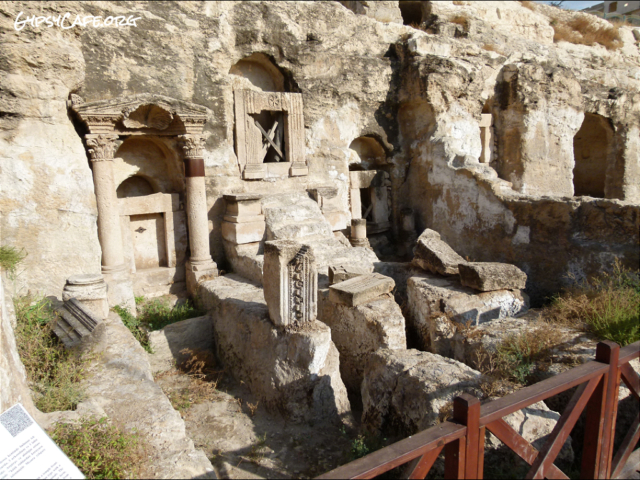
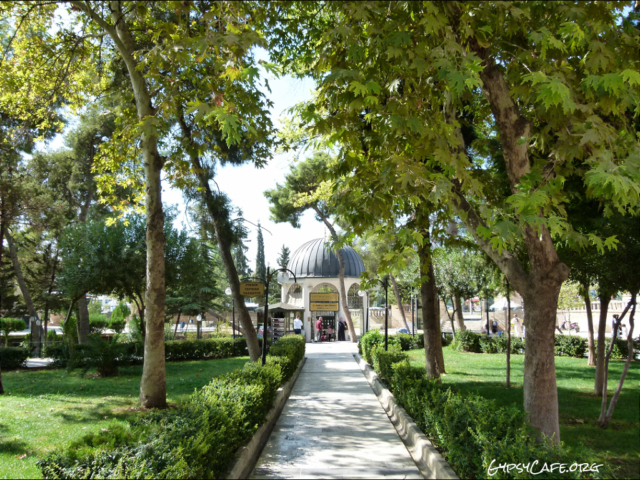
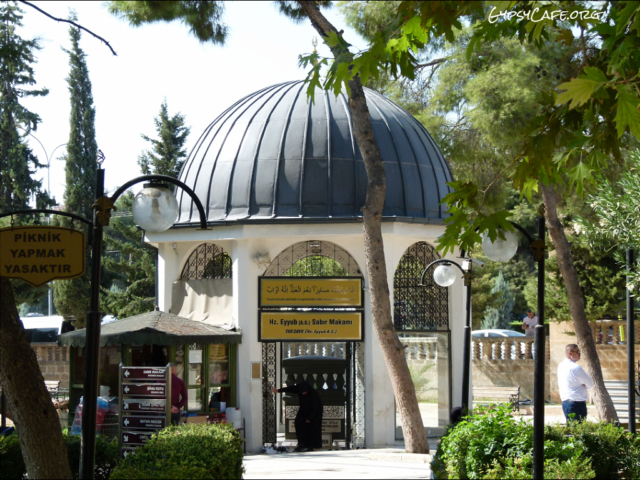

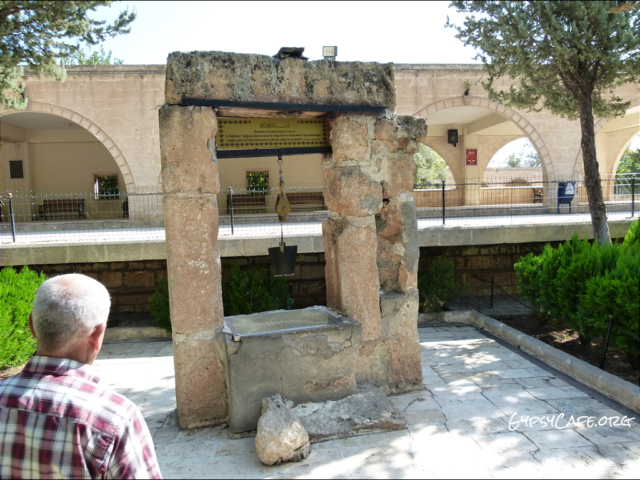
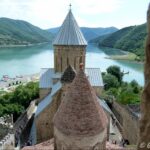
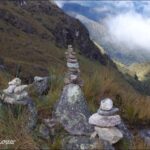
8 Comments
There is something special about visiting historical places and imagining life back then. I can see where ancient sites bring out more thought and emotion in you than typical tourist spots. Great photos, great post.
Thank you Randall, in that respect we definitely think in the same way and it shows on your blog and in your photos too. I just went over to catch up on your latest posts (I’ve been somewhat absent from the blogosphere lately ..) and was blown away with especially your monochrome shots. Very good work, it was a pleasure to see. Thanks for commenting!
Hello Jean Jacques, I’m absolutely enthusiastic about your highly interesting post concerning Gobekli Tepe, Sanliurfa and surrounding! I had never ever heard about these sites! Many thanks and best regards Martina
Hello Martina. Thank you for reading and viewing! Sanliurfa is certainly less known as a tourist destination and if it wasn’t for the fact that I had heard of Gobekli Tepe through my general interest in archeology I might never have visited. It’s also not so developed for tourism so the best way to see the surrounding areas is by car. It’s a very calm place and quite traditional with very good food! There are a number of other sites in the region which I didn’t manage to see, but I can well recommend this area (probably as part of a stopover during a greater tour, ideally).
Turkey in general has very much to offer and after this first journey to the country I’m very likely to return if all goes well. All the best to you!
Jean-Jacques
What an awesome destination – very interesting that so many “cave” experiences are tied to that location. I’m curious to look further into those stories. Can I use the opening photo to promote your post on jaguarspirit.com? I always loved your photos for a feeling of being there. much love, in lak’ech, Debra
Hi Debra. The cave stories of the two prominent Biblical figures were new to me too, but I’ve learned that different religions have different historical records of the same historical figures.
I tried to look it up online, but didn’t find much on the English internet and only a couple of references in Tripadvisor from people in the region confirming the cave stories according to their religion.
Regardless, the sites are open to all people from all religions because they are such important names in the world’s religious history. I entered both caves although I didn’t want to take pictures in them. There were queues of people when I was there and people were praying inside.
I would say that personally visiting the sites of the prophets had much more of an impact on me than Gobekli Tepe had, notwithstanding its archeological importance (it didn’t have the same spiritual impact on me as the Maya temples did in Central America).
You are very welcome to use the featured photo on your blog – thanks for the promotion – and thanks for joining me! Glad enjoyed the pictures.
In lak’ech,
Jacques
Thank you for sharing your story. I’ve been drawn to Newgrange in my virtual travels. My roots go back to Ireland and Scotland. The spirals have been drawing me in – the whirlwind. I’ve been in my own cave for more than a decade. It was necessary and a blessing, just wondering when/if I’ll come out again. I no longer recognize the one I was before. I’m grateful for your friendship and the time you shared from the beginning. love, in lak’ech, Debra
Newgrange was a great place to visit too – glad you spotted the recommended post. Visiting in summer is recommended to avoid overcast weather (for photography). Ireland is one of my favorite countries – if your family roots are from there it’s definitely worth a trip Debra: friendly people, lots to see and do and stunning countryside. A variety of ancient sites there also.
I agree about the spirals – seeing them there opened a whole new world for me, eventually resulting in my studying of the cycles of the ages. I’ve been in-and-out of the cave on and off since around 2015 – the deepest cave-years were in Uruguay. Turning inwards is very valuable though (as long as there is some balance) and is also related to where we are heading energetically. I will write about that soon.
It’s great to have a few long-term and long-time friends in this community for familiarity and consistency because the online social landscape has changed so much it’s almost unrecognizable from a decade ago.
In lak’ech,
Jacques